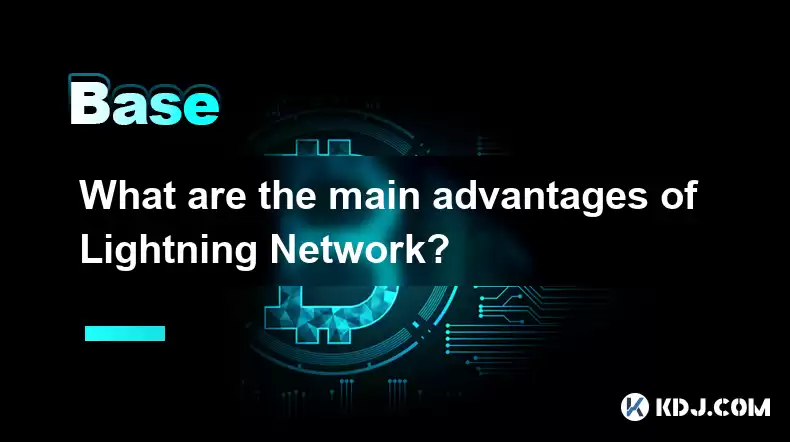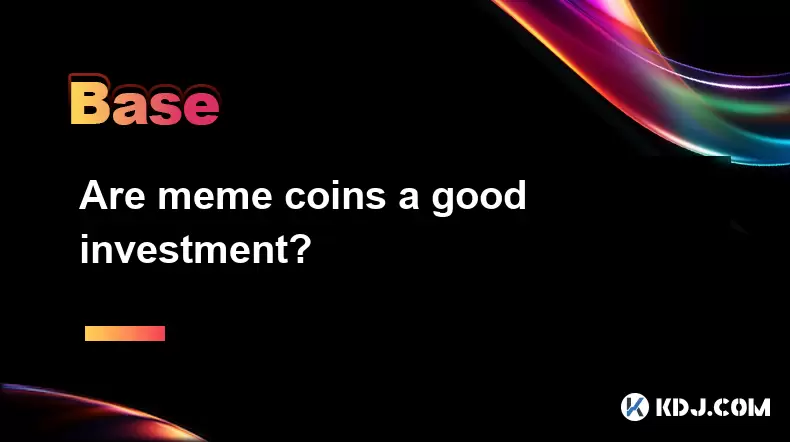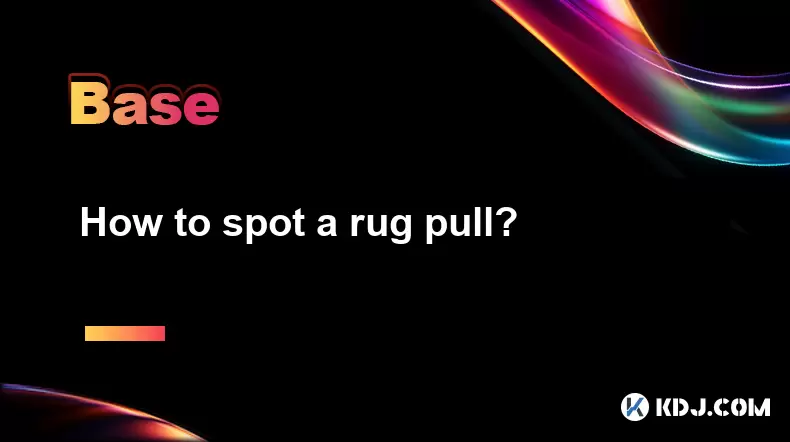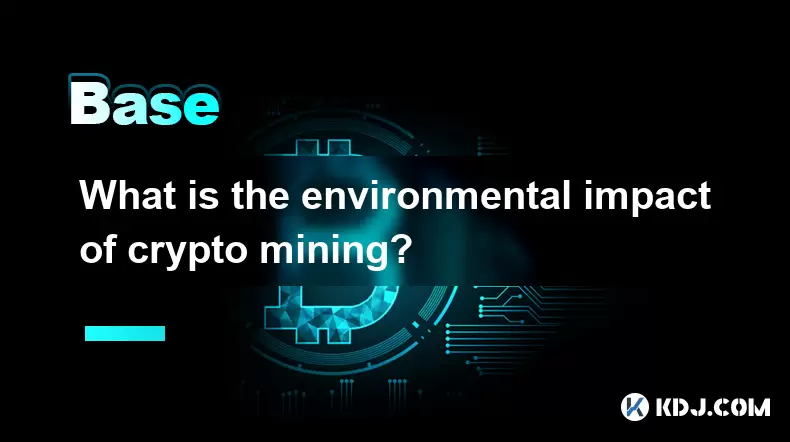-
 Bitcoin
Bitcoin $116700
0.24% -
 Ethereum
Ethereum $3973
4.34% -
 XRP
XRP $3.283
7.68% -
 Tether USDt
Tether USDt $1.000
0.01% -
 BNB
BNB $789.8
2.27% -
 Solana
Solana $176.2
3.31% -
 USDC
USDC $0.9999
0.00% -
 Dogecoin
Dogecoin $0.2238
5.14% -
 TRON
TRON $0.3389
-0.51% -
 Cardano
Cardano $0.7907
4.03% -
 Stellar
Stellar $0.4527
10.02% -
 Hyperliquid
Hyperliquid $41.07
4.27% -
 Sui
Sui $3.794
1.77% -
 Chainlink
Chainlink $19.49
10.40% -
 Bitcoin Cash
Bitcoin Cash $580.9
0.74% -
 Hedera
Hedera $0.2617
4.32% -
 Avalanche
Avalanche $23.41
3.67% -
 Ethena USDe
Ethena USDe $1.001
-0.03% -
 Litecoin
Litecoin $122.4
1.38% -
 Toncoin
Toncoin $3.364
1.49% -
 UNUS SED LEO
UNUS SED LEO $8.988
0.37% -
 Shiba Inu
Shiba Inu $0.00001295
2.82% -
 Uniswap
Uniswap $10.62
5.75% -
 Polkadot
Polkadot $3.922
4.46% -
 Dai
Dai $1.000
0.01% -
 Bitget Token
Bitget Token $4.494
2.15% -
 Monero
Monero $268.0
-1.30% -
 Cronos
Cronos $0.1523
3.68% -
 Pepe
Pepe $0.00001127
4.43% -
 Aave
Aave $285.4
4.85%
What are the main advantages of Lightning Network?
Lightning Network boosts Bitcoin's speed and scalability with near-instant, low-fee transactions, enhancing privacy via off-chain payments and enabling microtransactions for diverse applications.
Mar 15, 2025 at 04:35 pm

Key Points:
- Faster Transactions: Lightning Network significantly reduces transaction times compared to the Bitcoin blockchain.
- Lower Fees: Transactions on the Lightning Network incur drastically lower fees than on-chain Bitcoin transactions.
- Increased Scalability: It allows for a massive increase in the number of Bitcoin transactions processed per second.
- Improved Privacy: Transactions are largely off-chain, enhancing user privacy compared to public blockchain transactions.
- Micropayments: Facilitates small, frequent transactions, opening up new possibilities for various applications.
What are the main advantages of Lightning Network?
The Lightning Network (LN) is a layer-2 scaling solution for Bitcoin designed to address some of the limitations of the main Bitcoin blockchain. Its primary goal is to enable faster, cheaper, and more scalable Bitcoin transactions. This is achieved by moving transactions off the main blockchain and onto a network of payment channels.
One of the most significant advantages is the dramatic reduction in transaction times. While Bitcoin transactions can take minutes or even hours to confirm, LN transactions are typically instantaneous. This speed is crucial for many applications requiring immediate settlements.
Another key benefit is the significantly lower transaction fees. Bitcoin network fees can be volatile and expensive, especially during periods of high network congestion. The LN, however, boasts considerably lower fees, making it economically viable for microtransactions and everyday use.
The LN dramatically increases Bitcoin's scalability. The Bitcoin blockchain has a limited transaction throughput. The LN allows for a vast increase in the number of transactions processed per second, addressing a major bottleneck in Bitcoin's adoption.
Privacy is also enhanced with the Lightning Network. Because transactions are primarily off-chain, they are not recorded directly on the public Bitcoin blockchain, offering a greater degree of anonymity compared to on-chain transactions.
The Lightning Network enables micropayments, which are small, fractional Bitcoin transactions. This functionality opens up exciting new possibilities for various applications, such as content monetization, streaming services, and other use cases previously infeasible due to high transaction fees.
How does the Lightning Network work?
The Lightning Network operates by creating a network of "payment channels" between participants. These channels are essentially bilateral agreements that allow for off-chain transactions.
- Channel Opening: Two parties establish a payment channel by locking up funds in a multi-signature transaction on the Bitcoin blockchain.
- Off-Chain Transactions: Once the channel is open, transactions occur off-chain, meaning they are not broadcast to the entire Bitcoin network. These transactions are recorded only within the channel.
- Channel Updates: As payments are exchanged, the channel's state is updated, reflecting the balance between the participants.
- Channel Closing: When the channel is closed, a final transaction is broadcast to the Bitcoin blockchain to settle the final balance between the parties.
This off-chain transaction process avoids the congestion and high fees associated with on-chain Bitcoin transactions. The process is efficient and secure, relying on cryptographic techniques to ensure the integrity of the transactions.
What are the limitations of the Lightning Network?
Despite its advantages, the Lightning Network is not without its limitations. One significant challenge is the need for users to maintain a balance in their payment channels.
- Channel Management: Managing multiple channels can be complex, especially for users with limited technical expertise. This requires understanding of channel opening, closing, and routing.
- Routing Complexity: Routing payments through the network can sometimes be challenging, especially if there are insufficient funds or available routes. The network's topology influences transaction success.
- Security Concerns: While generally secure, vulnerabilities in the network's implementation or user practices can still pose risks. Security best practices are crucial for LN users.
- Accessibility: The technical setup required to use the Lightning Network can be a barrier to entry for some users, limiting its widespread adoption.
What are the potential future developments of the Lightning Network?
Ongoing development efforts aim to address the limitations of the Lightning Network and improve its usability. Several areas are actively being explored:
- Improved User Experience: Simpler user interfaces and tools are being developed to make the LN more accessible to non-technical users.
- Automated Channel Management: Automated systems are being developed to simplify the process of managing payment channels.
- Enhanced Routing Algorithms: More efficient routing algorithms are being researched to improve the reliability and speed of payments.
- Integration with other cryptocurrencies: Exploring possibilities of integrating LN with other cryptocurrencies beyond Bitcoin.
These improvements are expected to significantly enhance the Lightning Network's adoption and expand its use cases.
Frequently Asked Questions:
Q: Is the Lightning Network secure?
A: The Lightning Network utilizes cryptographic techniques to ensure the security of transactions. However, like any system, vulnerabilities exist and responsible security practices are crucial.
Q: How much does it cost to use the Lightning Network?
A: Transaction fees on the Lightning Network are significantly lower than on the Bitcoin blockchain, often negligible for many transactions.
Q: How fast are transactions on the Lightning Network?
A: Lightning Network transactions are typically instantaneous, a stark contrast to the potentially lengthy confirmation times of on-chain Bitcoin transactions.
Q: Is the Lightning Network easy to use?
A: The user experience is constantly improving, but setting up and using the Lightning Network still requires some technical understanding, although user-friendly wallets and interfaces are continually developing.
Q: Can I use the Lightning Network with any cryptocurrency?
A: Currently, the Lightning Network primarily supports Bitcoin. However, there are ongoing efforts to explore its application with other cryptocurrencies.
Disclaimer:info@kdj.com
The information provided is not trading advice. kdj.com does not assume any responsibility for any investments made based on the information provided in this article. Cryptocurrencies are highly volatile and it is highly recommended that you invest with caution after thorough research!
If you believe that the content used on this website infringes your copyright, please contact us immediately (info@kdj.com) and we will delete it promptly.
- Punisher Coin: The Altcoin Ready to Punish Your Portfolio with Gains?
- 2025-08-08 22:50:16
- Mutuum Finance, Bitcoin Whales, and Binance: Decoding the Crypto Currents
- 2025-08-08 22:30:11
- Bitcoin, Crypto Market, Volatility: Riding the Rollercoaster in NYC Style
- 2025-08-08 22:50:16
- HTX Copy Trading Extravaganza: Rewards and Opportunities for Traders
- 2025-08-08 23:30:12
- SPX6900 Pumps & TOKEN6900 Presale: Month Growth Mania!
- 2025-08-08 23:30:12
- Dogwifhat, Beanie, and $800,000: A Meme Worth Millions?
- 2025-08-08 23:35:12
Related knowledge

Can you reuse a crypto wallet address?
Aug 08,2025 at 03:49pm
Understanding Wallet Addresses in CryptocurrencyA crypto wallet address is a unique identifier used to send and receive digital assets on a blockchain...

Are meme coins a good investment?
Aug 08,2025 at 11:36pm
Understanding Meme Coins and Their OriginsMeme coins are a category of cryptocurrencies that originated from internet humor or viral trends rather tha...

How are flash loans used?
Aug 08,2025 at 01:08pm
Understanding Flash Loans in Decentralized FinanceFlash loans are a unique innovation within the decentralized finance (DeFi) ecosystem, allowing user...

How to spot a rug pull?
Aug 08,2025 at 11:21pm
Understanding the Concept of a Rug PullA rug pull is a type of scam prevalent in the decentralized finance (DeFi) and cryptocurrency space where devel...

What is the environmental impact of crypto mining?
Aug 09,2025 at 12:28am
Energy Consumption of Cryptocurrency MiningThe environmental impact of crypto mining begins with its substantial energy consumption, primarily driven ...

What are common crypto trading strategies?
Aug 08,2025 at 12:42pm
Understanding Trend Following in Crypto TradingTrend following is one of the most widely adopted crypto trading strategies due to its simplicity and a...

Can you reuse a crypto wallet address?
Aug 08,2025 at 03:49pm
Understanding Wallet Addresses in CryptocurrencyA crypto wallet address is a unique identifier used to send and receive digital assets on a blockchain...

Are meme coins a good investment?
Aug 08,2025 at 11:36pm
Understanding Meme Coins and Their OriginsMeme coins are a category of cryptocurrencies that originated from internet humor or viral trends rather tha...

How are flash loans used?
Aug 08,2025 at 01:08pm
Understanding Flash Loans in Decentralized FinanceFlash loans are a unique innovation within the decentralized finance (DeFi) ecosystem, allowing user...

How to spot a rug pull?
Aug 08,2025 at 11:21pm
Understanding the Concept of a Rug PullA rug pull is a type of scam prevalent in the decentralized finance (DeFi) and cryptocurrency space where devel...

What is the environmental impact of crypto mining?
Aug 09,2025 at 12:28am
Energy Consumption of Cryptocurrency MiningThe environmental impact of crypto mining begins with its substantial energy consumption, primarily driven ...

What are common crypto trading strategies?
Aug 08,2025 at 12:42pm
Understanding Trend Following in Crypto TradingTrend following is one of the most widely adopted crypto trading strategies due to its simplicity and a...
See all articles

























































































